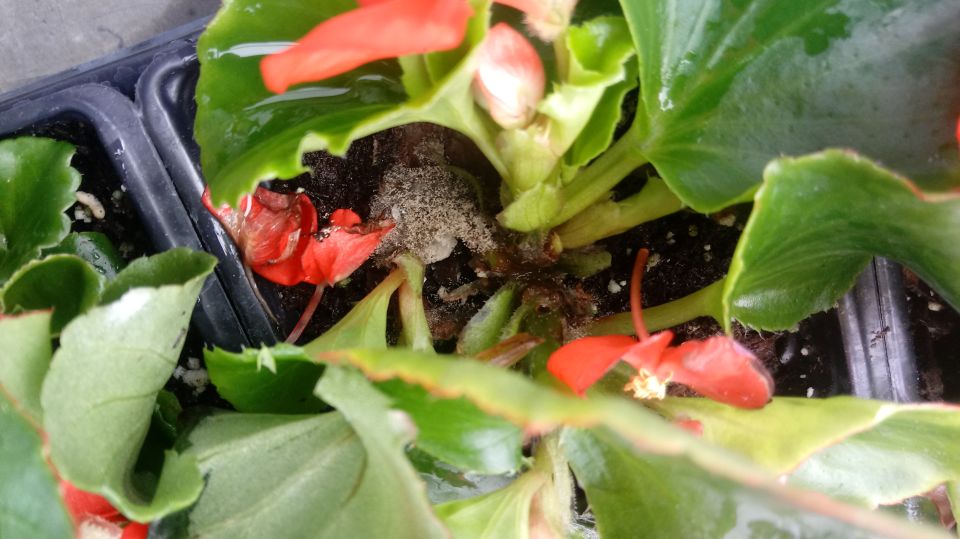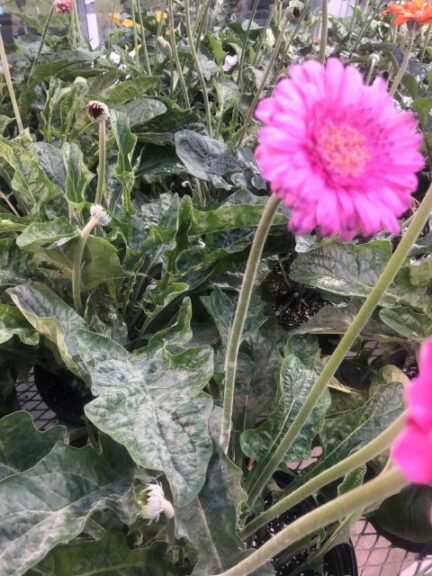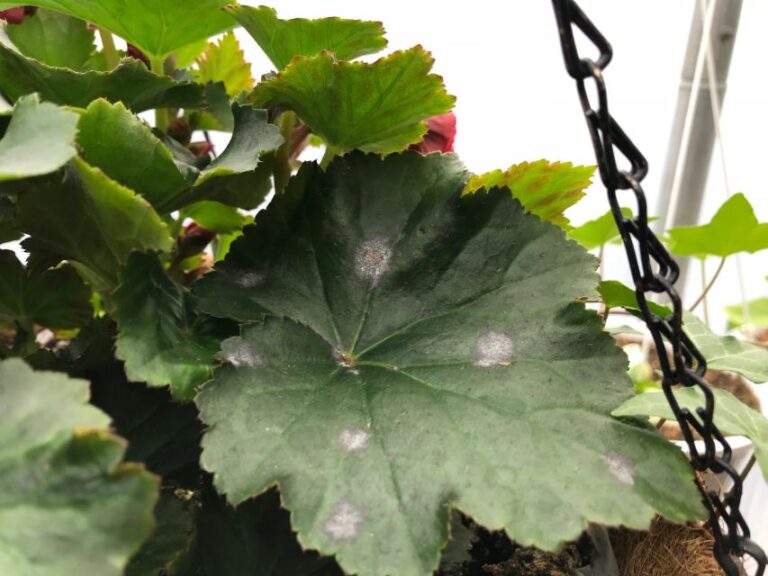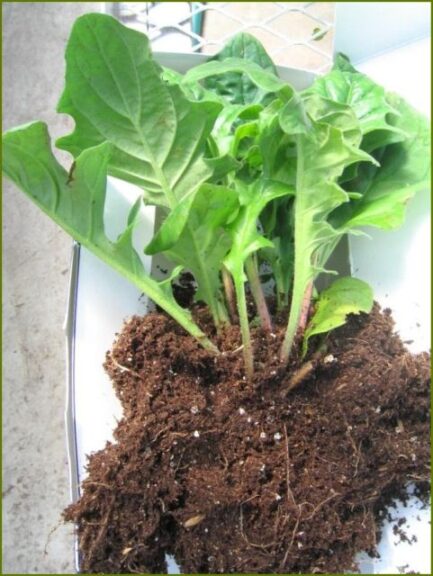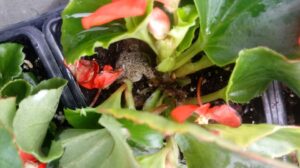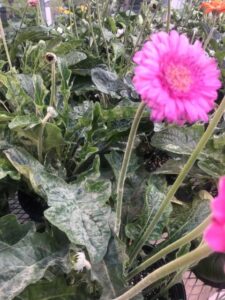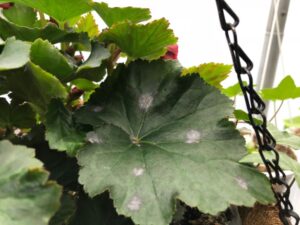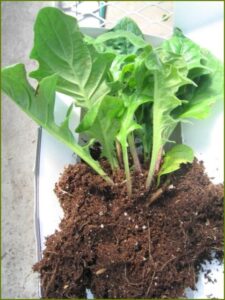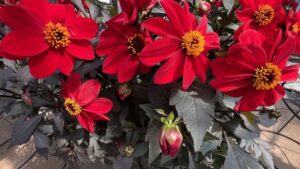Say Goodbye to Gerbera and Begonia Disease Issues
When we reflect from year to year on common challenges growers face, we keep going back to two stakeholders in the greenhouse: gerbera daisies and begonias. These two staples for spring sales share basic cultural requirements, but are unfortunately also plagued by similar diseases. The objective of this article is to highlight diseases associated with gerbera and begonia and provide effective cultural strategies for preventing them.
Foliar and Stem Diseases
Starting with the biggest selling point for both crops, the flowers, we see the omnipresent Botrytis rearing its head here every season without disappointment. Being already incredibly sensitive to overheard irrigation, and with only a few hours of free moisture needed for development, Botrytis can rot tender begonia blooms quickly. Botrytis and its close friend Rhizoctonia can also be associated with causing stem cankers on the flower stalks of gerberas or within the canopy of a pot-to-pot begonia crop. This can cause entire stems to collapse, with a visual appearance of drought stress and/or a nutrient deficiency. Growers should consider watering when environmental conditions allow for quick drying (i.e., moderate to high light intensity and low relative humidity) and always maintain adequate airflow across the crop canopy.
Notorious for its easy-to-spot white sporulation typically occurring most prevalently during the shoulders of the season, powdery mildew is also a major disease that both crops share. As compared to downy mildew, which almost always sporulates on the bottom of foliage, powdery mildew can sporulate on both leaf surfaces. As with managing other fungal pathogens such as Botrytis and Rhizoctonia, a clean and stable production environment will be the first line of defense. Growers should focus on starting with a clean debris-free space, utilizing horizontal airflow fans to provide continuous air circulation, and avoiding drastic swings in temperature and humidity.
Root Diseases
Working our way down into below-ground diseases, both gerbera and begonia are susceptible to Pythium root rot and Thielaviopsis (recently renamed to Berkeleyomyces basicola, also known as black root rot). Just as with stem cankers, a compromised root system leads to an inability to maintain turgor (i.e., stabilizing the plant) or uptake nutrients. Both diseases can be difficult if not impossible (as with Thielaviopsis) to cure once a plant has been infected, so prevention is critical. Although there are a variety of begonia species grown in the greenhouse, the majority are moderate feeders (i.e., 150 to 200 ppm N) and prefer to be grown at lower pH’s (e.g., 5.5 to 5.8) like gerbera. Straying away from these parameters, building up high salt levels in the growing media, and excessive dry downs can all lead to stressing or damaging plant roots, opening the gates for disease pressure to take over. It is also worth mentioning that planting either crop too deep during transplant can lead to both architectural and disease issues.
During the off-season, typically around this time of the year, is the best time to properly clean and sanitize production spaces so that fungal and bacterial based disease inoculum does not carry over to next season. The most appropriate time to enhance a current integrated pest management strategy or implement a new one for disease prevention is well before plants enter the greenhouse. Ensure your chemical spray and drench programs are currently up to date, utilizing the most effective modes of action to cover the above and below ground diseases we have outlined above. Please feel free to reach out to GGSPro at [email protected] for any additional information regarding pesticide recommendations.





